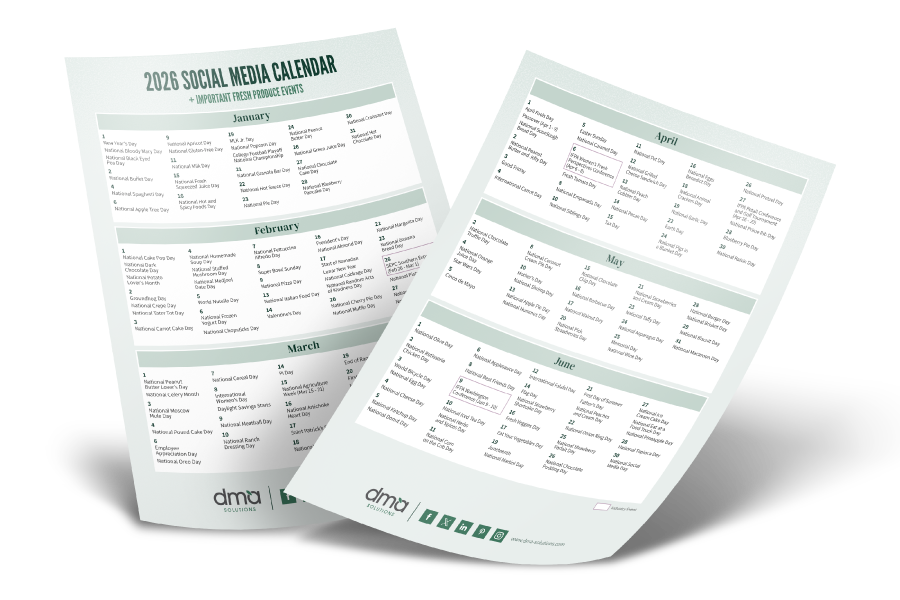Over the past few years, we’ve seen the power and success that PR has brought to fresh produce brands. While more and more fresh produce companies have started to embrace this facet of marketing, there are still a lot of fundamental questions around public relations in this industry. To set the record straight, we’ve compiled the top three most common questions we receive and explained them here:
3 Frequently Asked Questions and Answers
What is Public Relations?
Ask 10 people what their idea of public relations is, and you’ll probably get 10 very different answers. Depending on your goals and brand needs, PR truly can mean something different to everyone. Though, a good baseline description of PR is forming relationships with media to increase brand awareness and drive content that supports the need for the brands’ products. This content can come in the form of magazine editorial (print and online), TV segments, and even influencer content. Regardless of the content outcome, the magic of PR happens when relationships are formed and brands are remembered.
Why do we need PR?
In addition to crisis communication and new product launches, the role of PR is to tell compelling stories that are dynamic, inspiring, and constant to make your brand memorable for both media and consumers. Without PR, the brand is missing a “why” behind the messaging. PR helps bring marketing efforts full circle by connecting the dots and giving the public a deeper image or understanding of the brand as a whole. This should ultimately drive brand awareness, brand loyalty, and of course sales if done correctly and consistently.
How can we effectively measure the impact PR has?
This question is a little more complicated to answer because measuring the impact of PR isn’t always so black and white. First and foremost, you must set goals to effectively quantify PR efforts. Unlike social media, which can be calculated by numeric data, PR is measured on a less tangible scale based on media relationship building and time spent pitching. By setting goals, you give your team a point of reference to use for measuring success at the end of the month, quarter or year! Of course, there are tools available (like Cision and Hubspot) that capture media mentions and impressions from placements garnered through those “less tangible” efforts.
While we are sure there are more questions floating around in the marketing world about public relations, we believe the three explanations outlined above are an excellent starting point for anyone questioning how PR brings value to a brand. With a basic core understanding of what PR is, how it can be measured, and why you need it, go forth and continue building relationships, content, and brand awareness to take your marketing efforts to the next level.
Feel like your team could use additional PR expertise on your side? Check out our wealth of public relations posts on The Core, or reach out to us for a free marketing consultation.

